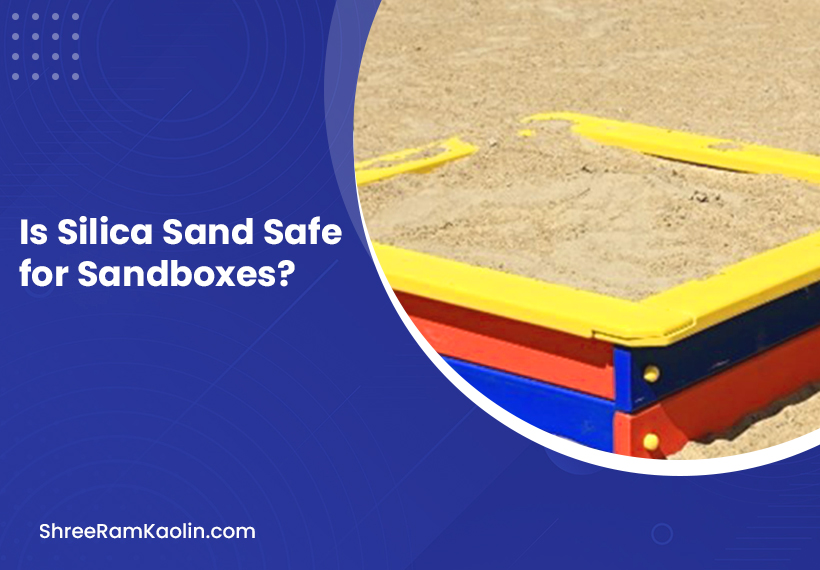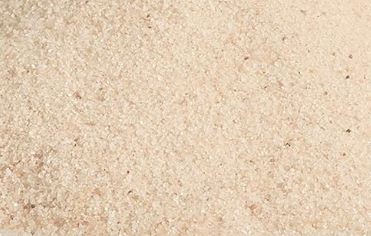Is Silica Sand Safe for Sandboxes?

Are You Concerned about Silica Sand Safety When Installing Sandbox for Young Ones? Don’t feel bad. Parents naturally question what their children play with when conflicting information on its safety emerges. It is natural for such concerns to surface when setting up their first sandbox containing silica sand.
Understanding Silica Sand
What is Silica Sand?

Silica or quartz sand is one of the most ubiquitous types of sand on Earth, comprising mostly silicon dioxide (SiO2). Long used as playground play sand for children’s playgrounds and play spaces alike – similar materials can even be found along natural beaches! It provides nature with building materials as an eco-friendly building material!
Common Uses of Silica Sand
Silica sand has become an everyday presence. From playgrounds to glass manufacturing and construction sites – even electronic devices! With such widespread presence comes an inevitable question – is its prevalence truly so dangerous?
Safety Concerns with Silica Sand
Understanding Crystalline Silica
Here’s where the story gets complicated – not with regard to sand itself but rather with respect to any silica dust released when disturbed – likening this phenomenon to that of chocolate bar and cocoa powder; one is easily held while one can become airborne and become airborne.
Health Risks and Exposure
Respiratory Concerns
Crystalline silica dust particles that enter the atmosphere can be inhaled into our bodies without us knowing. They’re so small they bypass our body’s natural filtering systems – imagine microscopic paper cuts for your lungs; do everything you can to avoid breathing them in.
Long-term Health Effects
Frequent exposure to crystalline silica dust over long periods may result in serious health consequences; however, most documented cases involve industrial settings rather than playground activities as the source.
Safe Alternatives for Sandbox Sand
Natural Sand Options
Beach and river sand offer viable alternatives to silica sand for various applications, often featuring mixed minerals that have naturally worn away over time and resulted in naturally rounded edges from erosion.
Manufactured Sand Alternatives
There are play sand products specifically manufactured to meet children’s needs that undergo stringent tests, typically featuring reduced crystaline silica content.
Making Sandbox Play Safer
Dust Control Measures
Maintain a slightly damp environment during play – think of it like having sandy beach after light rainfall – this simple step significantly decreases dust production and will significantly lessen any potential for injury or discomfort.
Proper Maintenance Tips
Regular sandbox maintenance isn’t just about cleanliness; it’s about safety too. Replace sand annually and always cover the sandbox when not in use.
Regulations and Guidelines
Safety Standards for Play Sand
Current safety standards require play sand manufacturers to submit material safety data sheets with comprehensive details for play sand manufacturing as well as meeting specific crystalline silica content criteria.
Professional Recommendations
Pediatricians and environmental health experts generally concur that when properly managed sandbox play presents minimal risks when taken with due precaution.
Debunking Myths About Silica Sand
Common Misconceptions
Not all silica sand is harmful. Sandbox-grade silica is different from industrial silica.
Clarifying Silica Dust Risks
Occasional exposure during sandbox play is unlikely to cause harm. The real risks lie in prolonged industrial exposure.
Frequently Asked Questions
How often should I replace sandbox sand?
Replace sandbox sand annually or sooner if it becomes visibly dirty or contaminated.
What’s the safest type of sand for children’s sandboxes?
Processed play sand specifically made for children’s use is considered the safest solution as it’s been thoroughly screened to remove contaminants, often featuring reduced levels of crystaline silica.
Can I use beach sand in my child’s sandbox?
While natural beach sand may be suitable, it must first be properly cleaned and screened to remove debris before use. Commercial play sand may provide more security.
How can I minimize dust in my child’s sandbox?
Keep the sand slightly damp, use a cover when not in use, and avoid play on windy days.
What are the signs that sandbox sand needs to be replaced?
Check for discolorations, unusual odors, visible contamination or compacted or dusty sand that has become too compacted or dusty.
Conclusion
Silica sand may pose some theoretical dangers for children when used improperly; however, with proper precautions and maintenance it can provide safe yet enjoyable sandbox play for young ones. The key lies in choosing an appropriate type of sand, maintaining it as instructed and adhering to basic safety guidelines.

